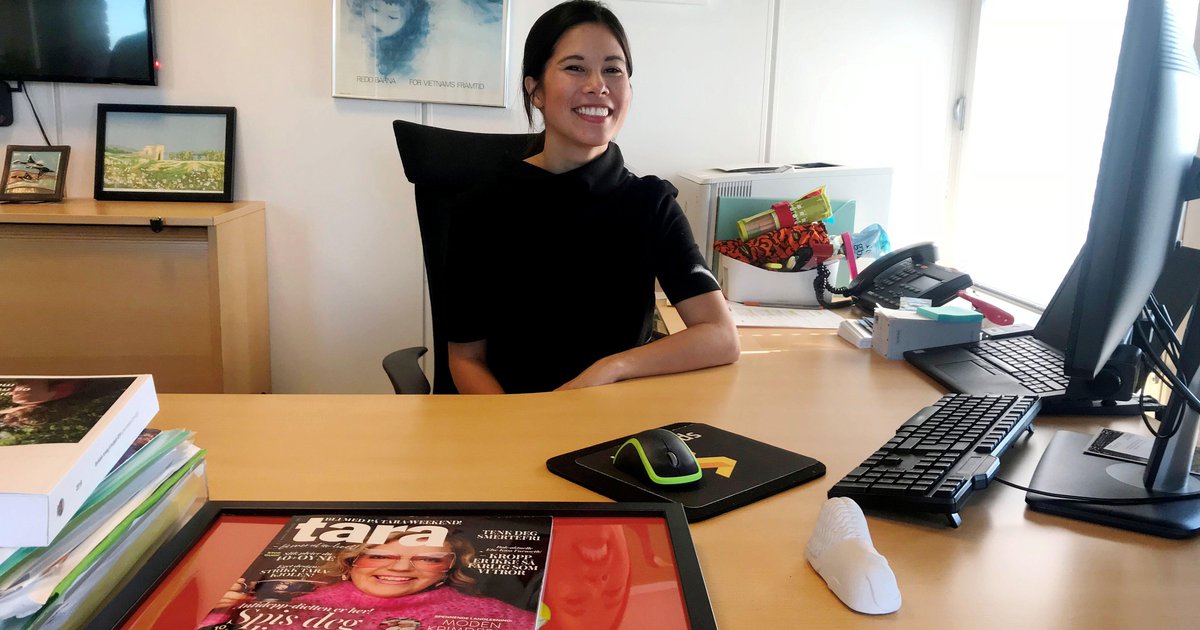Norway, we must talk about racism

Norwegian society suddenly woke up to the realization that racism exists – ten years after the massacre of young left-wing pro-immigration activists and politicians on the island of Utøya.
On July 22, 2011, 69 predominantly teenage members of the Labor Party (Arbeiderpartiet, AP) were shot dead by a far-right terrorist after previously detonating a car bomb outside government offices in Oslo, killing eight people.
Discuss racism, or even to use the word, is taboo in Norway and arouses very strong feelings, especially among the Norwegian right. Sylvi Listhaug, leader of the radical right-wing Progress Party (Fremskrittspartiet, FrP), is particularly vocal against those who try to label Norway as a racist society. “Because it’s not true” she said. “Norway is one of the freest and best countries in the world – for everyone. Regardless of gender, religion or ethnicity.
Listhaug, a Trump supporter and climate change denier, is particularly aggressive in her attacks on Lan Marie Berg of the Green Party, Oslo‘s deputy mayor. It blame Berg and the Green Party (Miljøpartiet de Grønne) for creating “climate hysteria” and trying to take freedom from the Norwegians.
Nothing new
Berg is used to being attacked. For years she received hate messages, death threats, and racist and misogynistic comments. – even just walking the streets of Oslo with your child. Online attacks against young leftist politicians, especially women, are rife – even more so for women of color.
These death threats and incitement have intensified recently after Berg expressed sympathy for Facebook with the Palestinians during the bombing of Gaza, writing “Gaza in my heart “. The attacks took place in many languages, including Hebrew.
Investigative journalist Harald Klungtveit collected and shared the most vicious remarks, threats and hatreds posted by Facebook users against Berg on his own Facebook page. Klungtveit’s actions were a catalyst, attract the attention of the public on the reality of life for many Norwegians of color.
Tina Bru, the oil and energy minister of the main conservative party (Høyre), was the first politician to react publicly. It mentionned: “I can’t take it anymore – that’s enough! … shut up!”
Bru said she was used to harassing each other, particularly on the subject of climate change, but that she would have withdrawn from politics if she had been exposed to the same level of harassment, death threats and incitement to hatred and violence as Berg.
Bru has made it clear that while she opposes Berg on climate action, this kind of hatred and attacks on individuals is a problem for democracy. It also prevents people from engaging in local politics.
There has been a torrent of support for Berg, and the police are finally investigating the attacks on her.
Let’s talk about racism
Talking about racism in Norway is difficult, as there is an assumption and consensus that the country is tolerant and inclusive. And it’s: After people are more positive about immigration and immigrants than ever.
However, white Norwegians have little understanding of implicit prejudice or institutional racism. Even seasoned politicians seem to think that racism does not exist if it is not aware of it.
In its 2021 report on norway, the European Commission against Racism and Intolerance (ECRI) congratulates the country on the improvements made, but states: “Many cases of hate speech go unreported to the police or other competent authorities. Public debate is often fueled by xenophobic and anti-migration rhetoric and increasing waves of hate speech have heightened prejudice especially against Muslims.
We also notice how the reporting on immigration and immigrants generally takes on a negative or condescending tone.